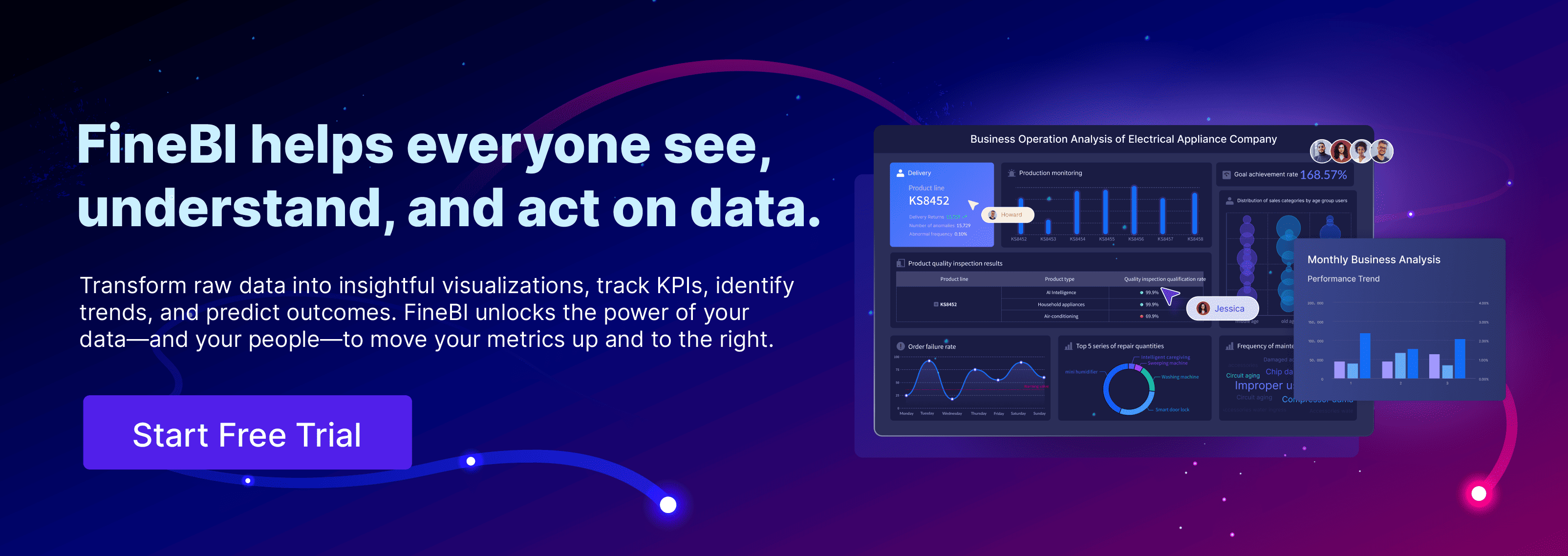SWOT analysis in Malay helps you evaluate your business by examining four key areas: Kekuatan (Strengths), Kelemahan (Weaknesses), Peluang (Opportunities), and Ancaman (Threats). When you understand swot analysis in malay, you gain clearer insights into your business environment.
- You can identify strengths and weaknesses within your company.
- You spot external opportunities and threats that shape your market.
- This knowledge leads to better decision-making and stronger business outcomes.
Many Malaysian companies, such as KBB Resources Group Berhad, use swot to improve cost control and market leadership. Mastering swot analysis in Malay supports your business in achieving success.
SWOT Analysis in Malay
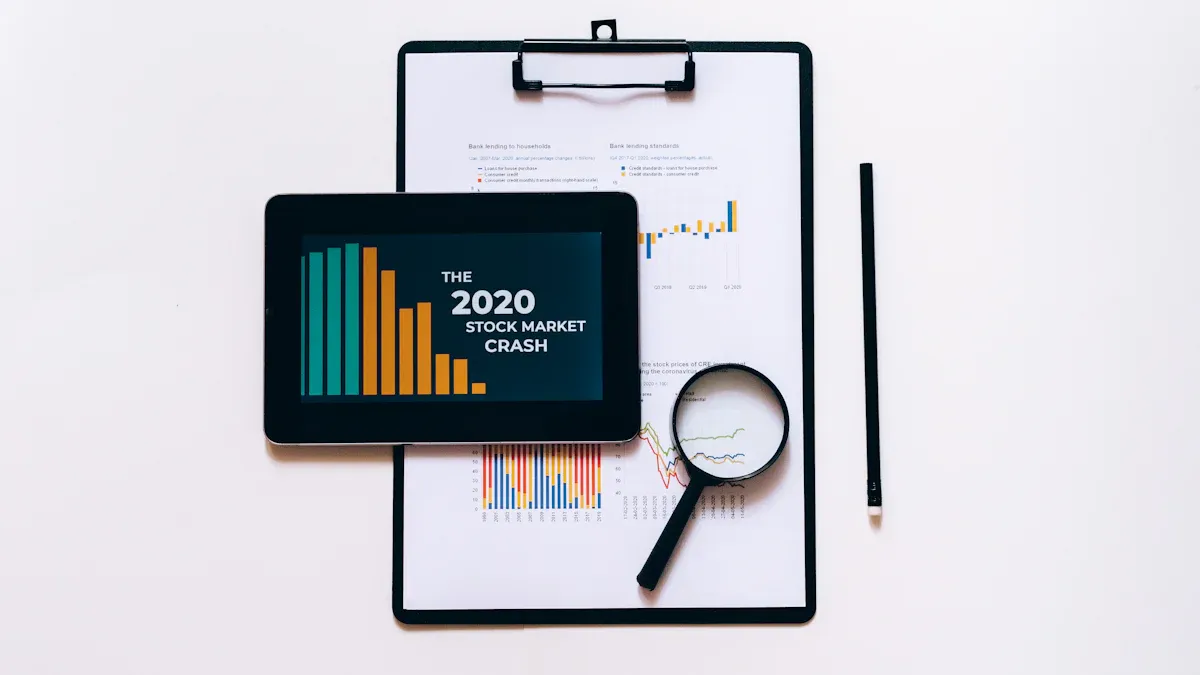
Definition and Malay Terms
You can use swot analysis in malay to evaluate your business from four important angles. The term "SWOT" stands for Strengths, Weaknesses, Opportunities, and Threats. In Malay, these become:
- Kekuatan (Strengths)
- Kelemahan (Weaknesses)
- Peluang (Opportunities)
- Ancaman (Threats)
When you perform swot analysis in malay, you look at what your business does well, where it struggles, what chances exist for growth, and what dangers could harm your progress. This method gives you a clear structure for business analysis. You can use it to organize your thoughts and make better decisions.
Relevance for Malaysian Businesses
Understanding swot analysis in malay matters for you as a Malaysian business owner. It helps you see your business environment through a local lens. You can spot unique strengths and weaknesses that are common in Malaysia. For example, many small businesses here benefit from flexible working hours and close customer relationships. Quick decision-making by a sole owner often gives you an edge.
However, you may also face challenges like limited business management experience or a lack of formal education. Sometimes, you might not have enough funds to start strong. By using swot analysis, you can identify these issues early and plan how to address them.
Tip: When you use swot analysis in malay, you make your business analysis more relevant and easier to understand for your team.
You also need to look outside your business. Opportunities in Malaysia often include a lack of local competition, a growing population, or access to affordable local labor. Threats might involve new supermarkets opening nearby, fewer customers during holidays, or the risk of closure if bills go unpaid.
Here is a table showing how swot analysis highlights factors that matter in the Malaysian market:
| SWOT Category | Relevant Factors to Malaysian Market Context |
|---|---|
| Strengths | Affordable pricing for budget-conscious consumers; Operational efficiency; Strong brand recognition in Malaysia; Focused product range on essentials; Customer loyalty; Adaptability to market changes |
| Weaknesses | Inexperience in business management; Lack of formal business education; Insufficient initial funds |
| Opportunities | Adaptation to evolving consumer trends (health, convenience); Community engagement programs; Partnerships with local suppliers and businesses |
| Threats | Intense local competition; Economic fluctuations; Shifts in consumer shopping behavior; Rising operational costs; Supply chain disruptions; Regulatory changes; Technological advancements; Health and sustainability concerns; Natural disasters |
You can see how swot analysis helps you understand both your internal strengths and weaknesses and the external opportunities and threats. This approach guides your business analysis and supports your decisions in a way that fits the Malaysian context.
When you use swot analysis in malay, you make your business strategy more effective. You can adapt quickly to changes in the market. You also help your team understand the business environment better. This leads to smarter choices and stronger results for your business.
SWOT Analysis in Malay Components
Strengths and Weaknesses
You start a swot analysis by looking at your business’s strengths and weaknesses. Strengths are what your business does well. Weaknesses are areas where you face challenges or need improvement.
Common strengths in Malaysian businesses include:
- Strong leadership and management teams that motivate employees.
- Operational efficiency from streamlined processes.
- Brand reputation and customer loyalty that help you stand out.
- Innovation in products or services.
Typical weaknesses you might see:
- Limited financial resources that affect cash flow.
- Inefficient processes that slow down productivity.
- High employee turnover due to workplace issues.
- Weak marketing strategies that do not reach your target audience.
FineReport and FineBI help you spot these strengths and weaknesses. You can use dashboards to track employee performance, financial health, and customer feedback. These tools turn your business analysis into clear visuals, making it easier to see where you excel and where you need to improve.
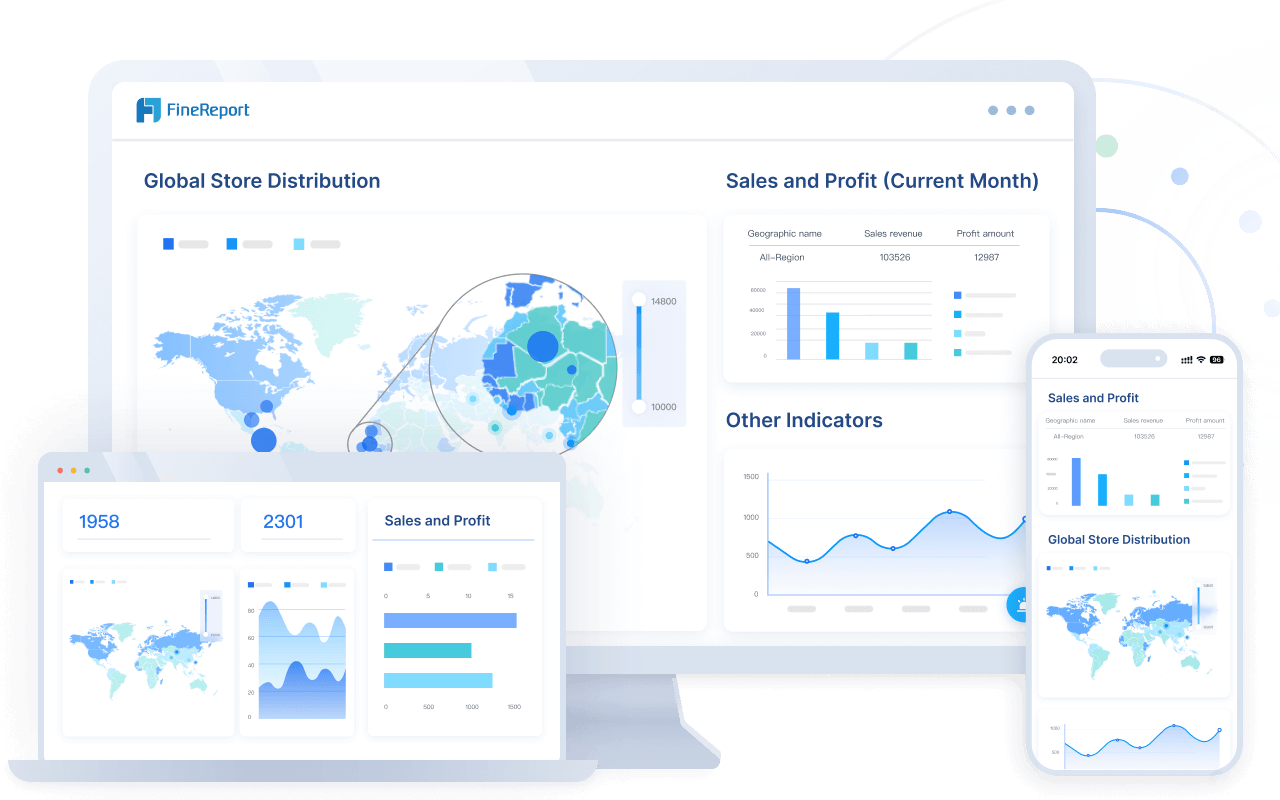
Opportunities and Threats
Opportunities are chances for your business to grow or improve. Threats are risks that could harm your progress.
Opportunities for Malaysian businesses often include:
- Adopting advanced cybersecurity measures like multi-factor authentication.
- Using AI-driven threat detection to protect your assets.
- Training employees to handle new technology.
- Expanding into new markets or customer segments.
- Collaborating with authorities to strengthen your defenses.
Threats you may face:
- Cybersecurity attacks such as phishing and ransomware.
- Data breaches that expose sensitive information.
- Economic downturns and increased competition.
FineBI and FineReport help you monitor these external factors. You can create real-time reports on market trends, supply chain risks, and security incidents. This helps you respond quickly to threats and take advantage of new opportunities.
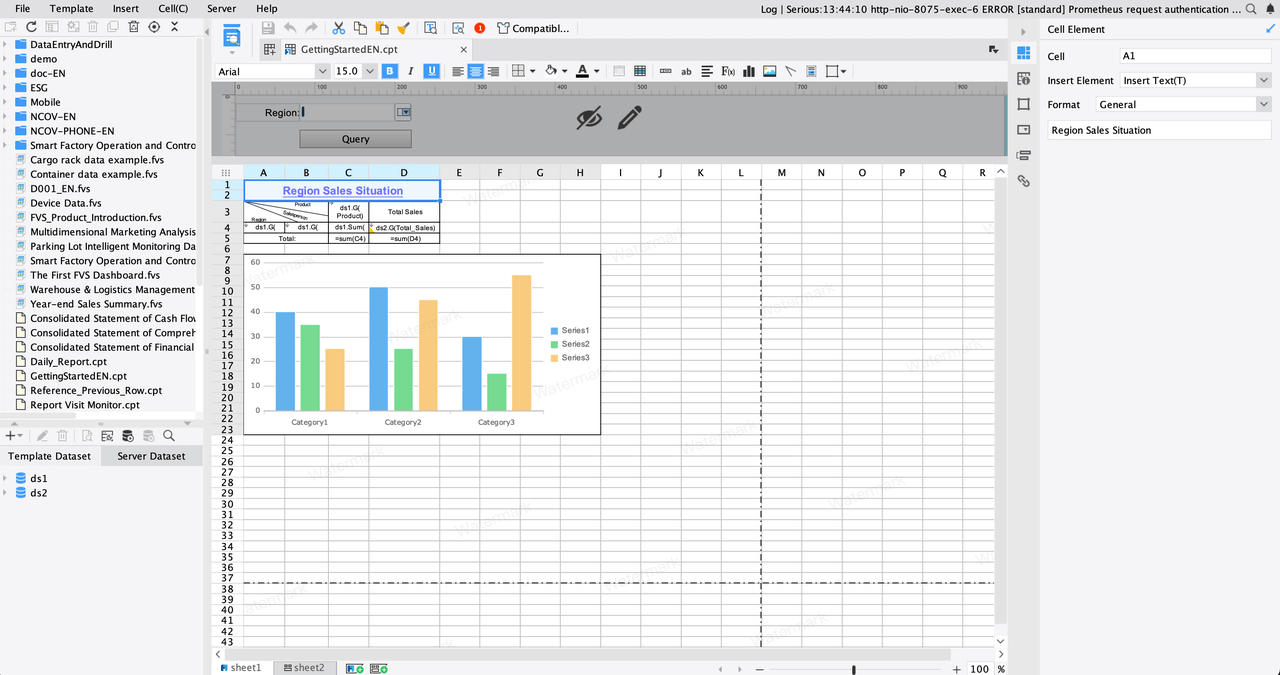
Examples in Malaysia
Let’s look at a real example. Nestlé (Malaysia) Berhad uses swot analysis to guide its business strategy. Its strengths include advanced technology for safe products, strong environmental programs, and a global brand name. The company faces threats from tough competition and changing consumer preferences. This shows how swot analysis in Malaysia highlights both internal capabilities and external challenges.
When you use swot analysis in malay, you make your business analysis more practical. Tools like FineReport and FineBI help you visualize your findings, so you can plan for business growth and make better decisions.

Importance of SWOT Analysis in Malay
Strategic Planning
You need a clear plan to guide your business toward success. SWOT analysis gives you a structured way to look at your strengths, weaknesses, opportunities, and threats. When you use swot, you can set realistic goals and make better choices for your company. Planning with swot helps you focus on what you do best and fix areas that need improvement. You can also spot new trends and prepare for changes in the market. This approach supports planning new strategies that match your business goals and resources.
When you use swot analysis, you make your business strategy more focused and effective. You can see where to invest your time and money for the best results.
Risk Management
Managing risks is a key part of running any business. With swot, you can find possible problems before they grow. Many Malaysian businesses use a step-by-step process for risk management:
- Gather a team from different departments.
- Set clear goals for the swot analysis, such as checking risks for a new product.
- Collect data from inside and outside your company.
- Brainstorm to fill in each swot area.
- Identify risks in each quadrant and see how strengths and opportunities can help reduce them.
- Use a risk matrix to rank the most important risks.
- Create plans to handle these risks.
- Keep updating your swot analysis as things change.
This process helps you make smarter decisions and respond quickly to new challenges.
FanRuan Solutions
FanRuan products like FineReport and FineBI make swot analysis easier and more powerful for Malaysian businesses, especially in finance and manufacturing. FineReport gives you real-time dashboards to track inventory, sales, and other key data. You can see your strengths and weaknesses at a glance. FineBI lets you analyze trends and spot opportunities or threats in the market. These tools help you turn raw data into clear insights, making business analysis faster and more accurate.
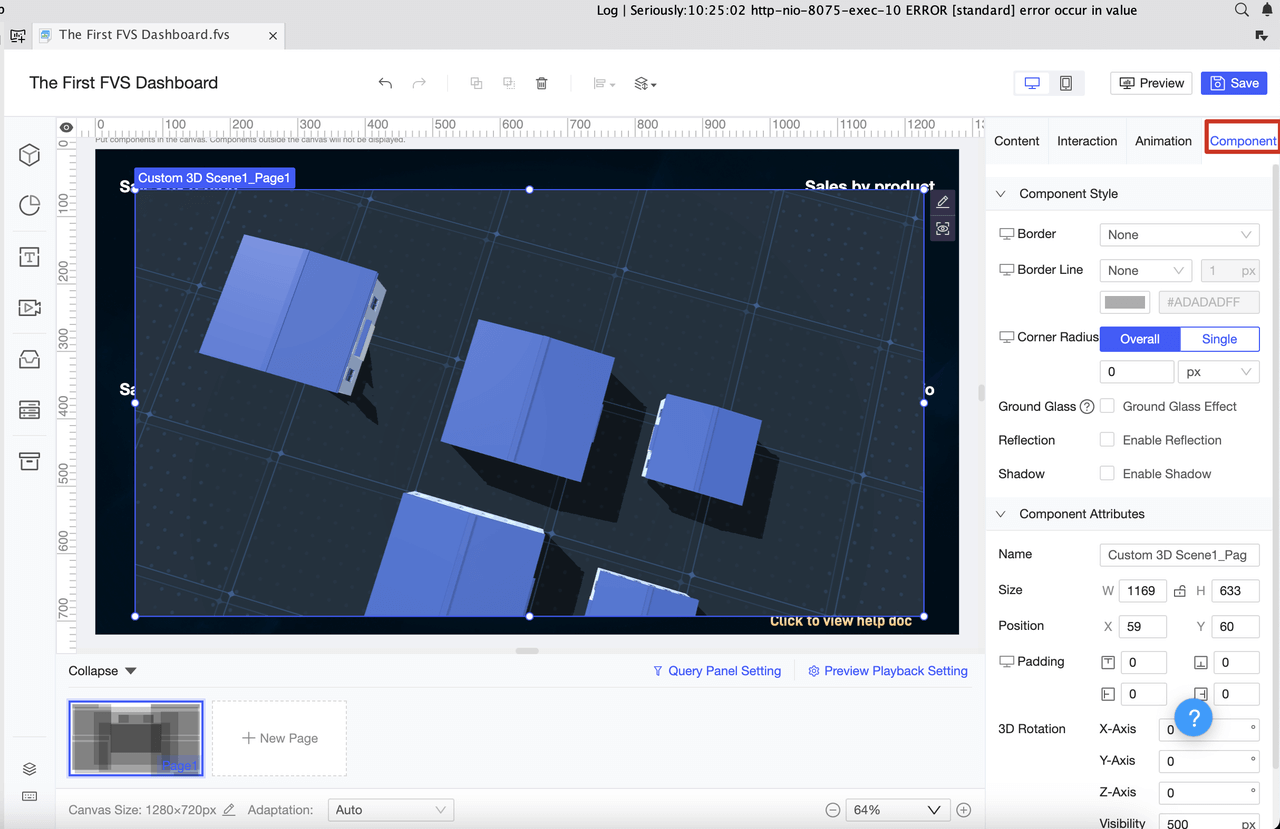
For example, a manufacturing company can use FineReport to monitor stock levels and sales efficiency. This helps you plan better and avoid supply chain problems. In finance, FineBI helps you track market changes and manage risks. With these solutions, you can support business growth and make sure your planning is always based on the latest information.
Conducting SWOT Analysis in Malay with FineReport and FineBI
Internal and External Assessment
When you start conducting a swot analysis, you need to look at both internal and external factors. Internal assessment focuses on your strengths and weaknesses. You gather data about your team, resources, and business processes. External assessment looks at opportunities and threats in your market. You examine trends, competitors, regulations, and technology. FineReport and FineBI help you collect and organize this information. You can use dashboards to visualize employee performance, financial data, and market trends. These tools make it easy to see where your business stands and what changes in the market could affect you.
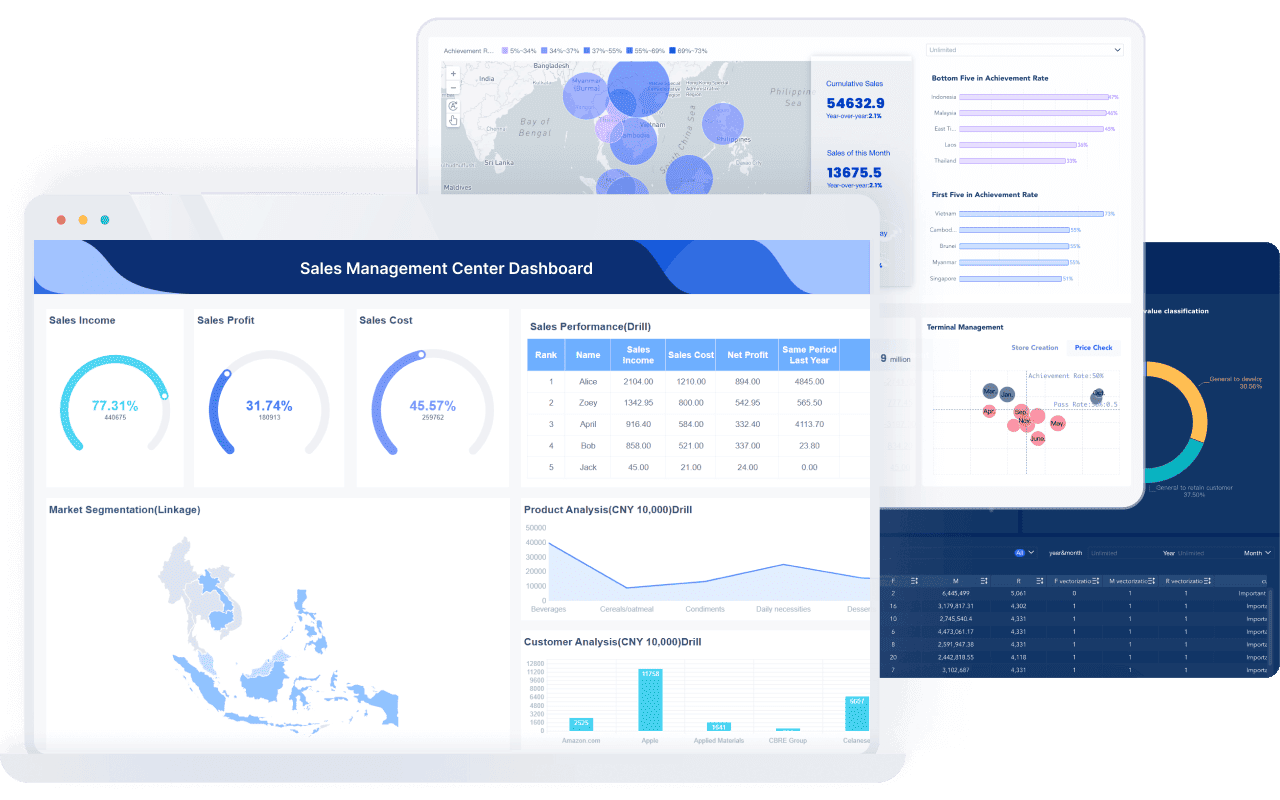
Tip: Assemble a diverse team from different departments. This gives you a broader view and helps you avoid missing important details.
Using a SWOT Matrix
A swot matrix helps you organize your findings. You list strengths, weaknesses, opportunities, and threats in a simple table. This structure makes your business analysis clear and actionable. Here are best practices for using a swot matrix in Malaysia:
- Bring together key stakeholders from across your business.
- Update your swot analysis regularly to reflect new market conditions.
- Combine swot with other tools like PESTLE or Porter’s Five Forces for deeper insights.
- Use data from FineReport and FineBI to reduce bias and make your analysis more accurate.
- Adapt your swot matrix to local business conditions, including technology and regulations.
FineReport and FineBI let you create and update your swot matrix with real-time data. You can visualize trends and compare different scenarios, making your planning new strategies more effective.
Turning Insights into Action
After you finish your swot analysis, you need to act on your findings. Start by developing strategic initiatives that use your strengths, address weaknesses, and take advantage of opportunities. Assign clear responsibilities and set milestones. Use FineReport and FineBI to track progress with dashboards and scheduled reports. Review your results often and adjust your business strategy as needed. This approach supports business growth and helps you respond quickly to changes in your market.
Note: Continuous monitoring and feedback help you improve your strategies and keep your business moving forward.
You gain many advantages by regularly conducting a swot analysis in malay.
- You improve strategic planning and decision-making.
- You spot opportunities and threats early, helping you adapt quickly.
- You support business growth by aligning your business strategy with clear goals.
| Tool | Benefit for Business Analysis |
|---|---|
| FineReport | Real-time dashboards and automated reporting |
| FineBI | Self-service analytics and visual insights |
Apply swot analysis often and use tools like FineReport and FineBI to turn insights into action. Start your journey today and make business analysis a core part of your planning new strategies.
Click the banner below to try FineReport and FineBI for free and empower your enterprise to transform data into productivity!
Continue Reading About SWOT Analysis
FAQ

The Author
Lewis
Senior Data Analyst at FanRuan
Related Articles

10 Best Retail Analytics Software Platforms for Retailers
Compare the 10 best retail analytics software platforms for retailers to boost sales, optimize inventory, and gain actionable customer insights.
Lewis
Dec 16, 2025
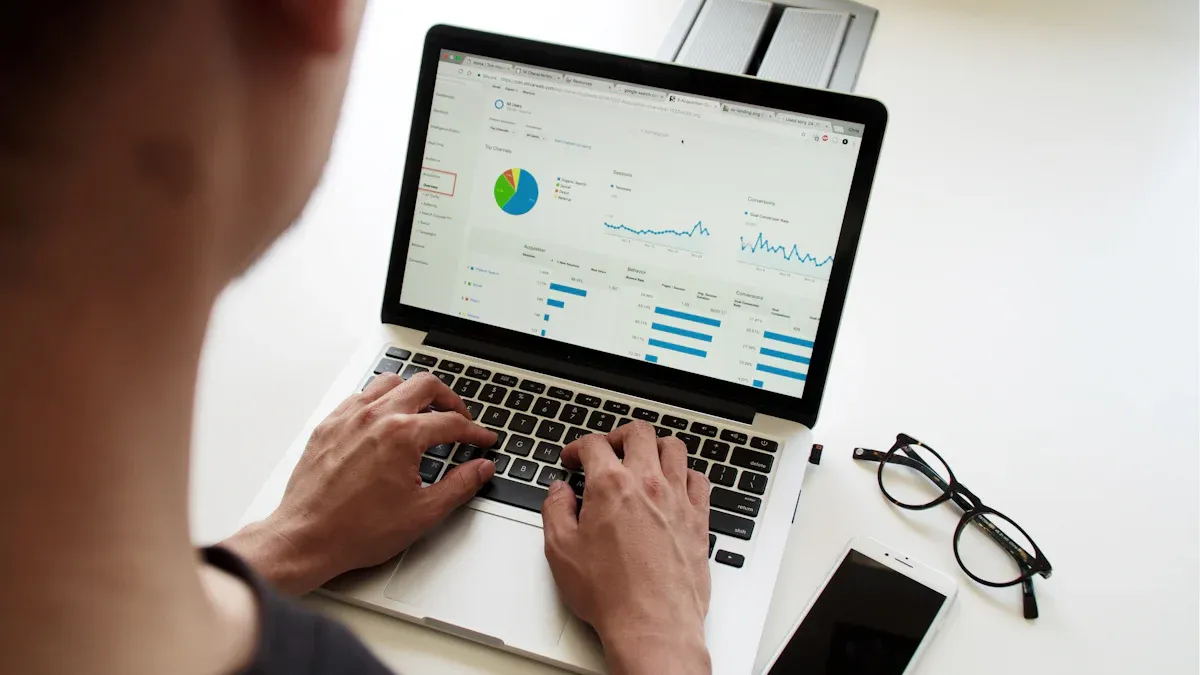
11 Best Tools for Research Analysis for Academics
Compare the 11 best tools for research analysis to boost academic and professional research efficiency, data management, and collaboration.
Lewis
Dec 11, 2025

10 Best Market Research Data Analysis Tools to Try This Year
See the top 10 market research data analysis tools to boost insights, streamline workflows, and make smarter business decisions this year.
Lewis
Dec 11, 2025

